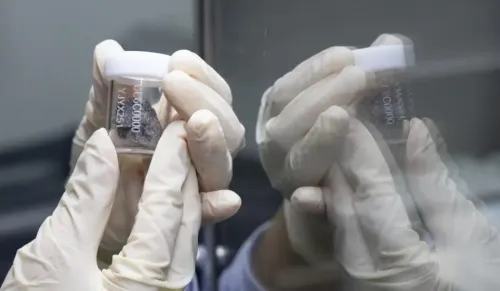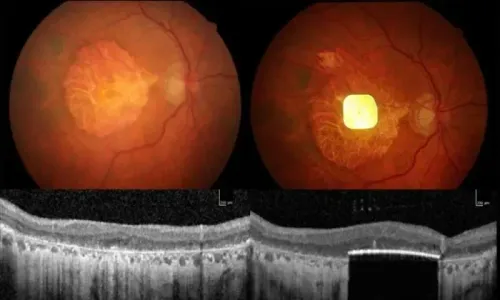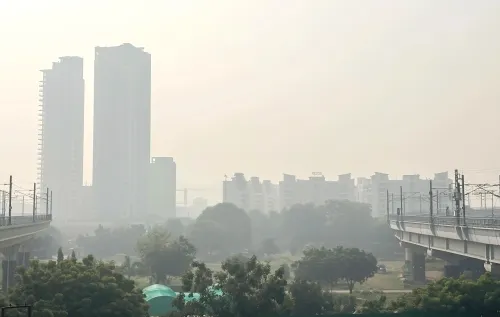What is 'chronic venous insufficiency' that Donald Trump is facing?

Synopsis
Key Takeaways
- Chronic venous insufficiency affects blood flow in the legs.
- Symptoms can range from mild to severe.
- Risk factors include obesity, pregnancy, and family history.
- If untreated, CVI can lead to serious complications.
- Awareness and understanding are key to managing the condition.
New Delhi, July 18 (NationPress) US President Donald Trump has been diagnosed with chronic venous insufficiency (CVI) — a medical condition where the veins in the legs fail to facilitate proper blood return to the heart. This explains the swelling in his ankles and bruises on his hands.
At 79 years old, President Trump was recently seen at the FIFA Club World Cup 2025 final in New Jersey, where the noticeable swelling around his ankles drew public attention regarding his health.
According to White House Press Secretary Karoline Leavitt, ultrasound examinations of Trump’s legs confirmed the diagnosis of CVI, which is commonly found in individuals over the age of 70.
However, further tests indicated that there are no signs of heart failure, renal issues, or systemic illnesses affecting Trump, Leavitt stated, adding that the President is not feeling any discomfort related to this condition.
Understanding 'chronic venous insufficiency'
Chronic venous insufficiency is a complex condition that impacts many individuals globally.
Those affected may experience a range of symptoms, from mild issues like spider veins — small, dilated blood vessels appearing as red, blue, or purple lines on the skin — to serious conditions such as venous ulcers.
Varicose veins, which are swollen and twisted veins typically visible in blue or purple, are the most prevalent symptom.
The root cause of this condition lies in the malfunctioning valves within the veins that are supposed to direct blood towards the heart. When these valves fail, it leads to blood pooling in the legs, resulting in CVI.
CVI is more common among individuals who are overweight, pregnant, have a family history of the condition, or have experienced leg injuries, surgeries, or past blood clot incidents.
Risk factors include high blood pressure, prolonged periods of sitting or standing, lack of physical activity, and smoking.
Individuals suffering from CVI often report sensations of aching or cramping in their legs, feelings of heaviness or fatigue, especially after extended standing, swelling around the ankles, and itching or tingling in the legs.
While CVI is generally considered a mild condition, neglecting it can lead to worsening symptoms such as persistent swelling, leg cramps, changes in skin condition, ulcers, and varicose vein development.
According to Johns Hopkins Medicine, “Chronic venous insufficiency is not a serious health threat, but it can be painful and disabling.”









